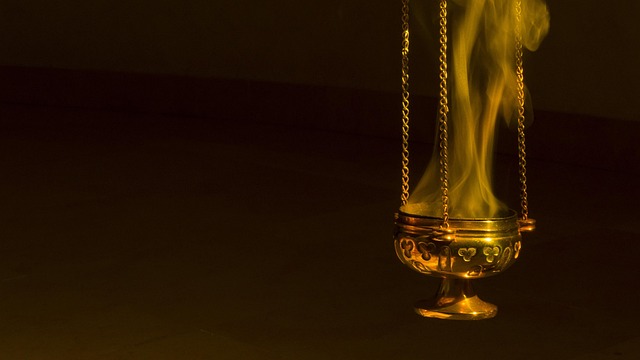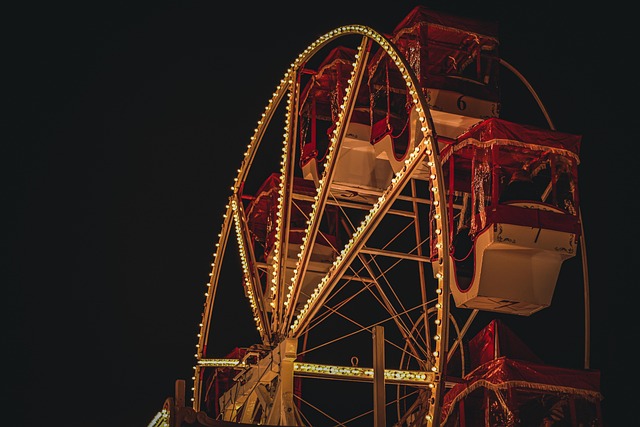In many spiritual traditions, light is often celebrated as the ultimate symbol of divine presence, growth, and enlightenment. Yet, nestled within this radiance exists an equally profound aspect—one that quietly whispers in the corners of our perception: the concept of shadow liturgy. This practice encourages us to explore the rich, multi-faceted relationship between light and darkness within our religious and spiritual experiences.
Shadow liturgy invites individuals to embrace the shadows that often parallel the illumination of faith. It arises from the understanding that human experience is not solely defined by the light we seek but also by the darkness we confront. In this context, shadows not only symbolize fear or despair; they represent the uncertainties and questions that accompany faith journeys. Through this lens, we can reframe our understanding of religion, seeking solace in the shadows as spaces for reflection and growth.
When examining shadow liturgy through various religious traditions, it becomes evident that many faiths incorporate elements of darkness into their practices. In Christianity, for example, the observance of Lent acknowledges the significance of sacrifice and denial as pathways to spiritual enlightenment. The somber reflections during Holy Week invite worshippers to sit with their shadows, embracing the complexities of human experience and seeking forgiveness.
Buddhism also places great importance on the duality of light and darkness. The concept of ignorance is often depicted as a shadow that obscures enlightenment. By sitting in meditation, practitioners confront their inner shadows, allowing the light of awareness to penetrate the darkness, leading them toward higher understanding and peace.
The practice of shadow liturgy can be particularly powerful in modern worship settings. In a world where instant gratification and superficiality often reign supreme, many congregations are beginning to realize the depth found in vulnerability. By integrating moments of silence, contemplation, and acknowledgment of personal struggles into worship services, communities can foster a space where individuals feel safe to explore their shadows, transforming pain into purpose.
Creative expressions, such as art and music, also play a crucial role in shadow liturgy. They serve as tools for practitioners to connect with their inner struggles and invite the divine into their darkest moments. Whether it’s through a haunting melody or a poignant painting, these mediums provide a channel for the complexities of faith to surface and breathe, encouraging others to embrace their shadows.
As we delve deeper into shadow liturgy, we uncover the capacity it has to enrich our spiritual lives. By acknowledging and embracing the shadows rather than shunning them, we create opportunities for spiritual renewal and profound transformation. We learn that our struggles are integral to our journeys, and in doing so, we redefine what it means to seek the divine.
In summary, shadow liturgy serves as a reminder that both light and darkness exist within our spiritual landscapes. It allows us to find the sacred in the shadows and teaches us that, ultimately, it is within the depths of our struggles that we often encounter the divine. By incorporating this practice into our lives, we cultivate a more inclusive and transformative experience of faith that acknowledges the richness of our human experience.




